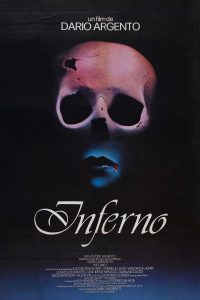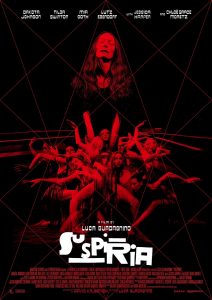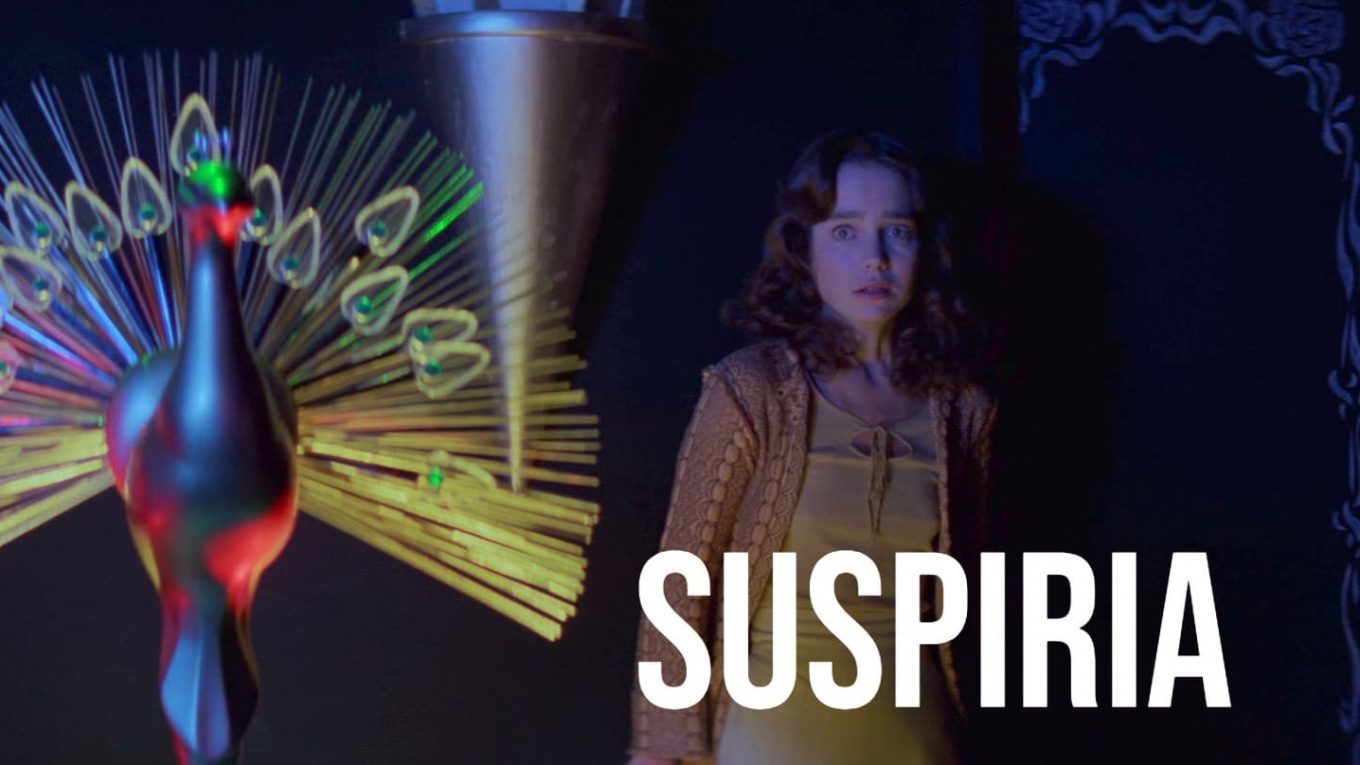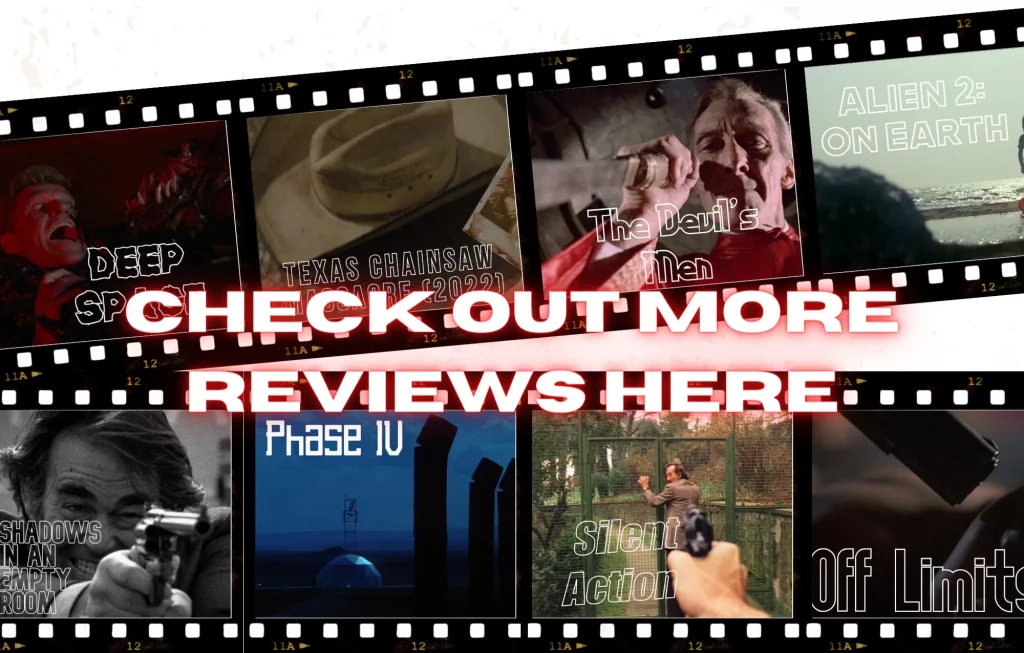Suspiria (1977)
Dario Argento’s Suspiria is a polarising cinematic experience—a vibrant, visceral work that forces viewers to take a side: you either find it mesmerizingly beautiful or repulsively disturbing. As someone firmly in the former camp, I often wonder how any genuine horror enthusiast could watch this masterpiece and not be utterly enthralled by its relentless tension and singular, eerie atmosphere.

Suzy Bannion arrives at the prestigious Tanz Akademie ballet school in Freiburg, Germany. Suzy notices the school’s increasingly sinister atmosphere befriending fellow student Sara, who has gathered clues suggesting the academy is a front for a coven of witches. After Sara is gruesomely killed while trying to escape Suzy discovers the witch Helena Markos, the Mater Suspiriorum or Mother of Sighs resides in a hidden lair under the school.
Argento’s direction is a stunning, building unease from the very first frame. The film’s palette is its primary weapon. Argento deliberately floods the screen with vibrant, oversaturated primary colours, most notably that shocking, theatrical red. This isn’t realism; it’s an emotional landscape. Every scene is bathed in an unsettling glow that suggests decay, danger, and occult energy. The colour itself becomes an unsettling, omnipresent character, drawing you inexorably toward the dark world within the German ballet school. This deliberate, highly stylised use of colour, inspired by the Technicolor process of classic cinema, makes Suspiria feel less like a movie and more like a vivid dream unfolding before your eyes.
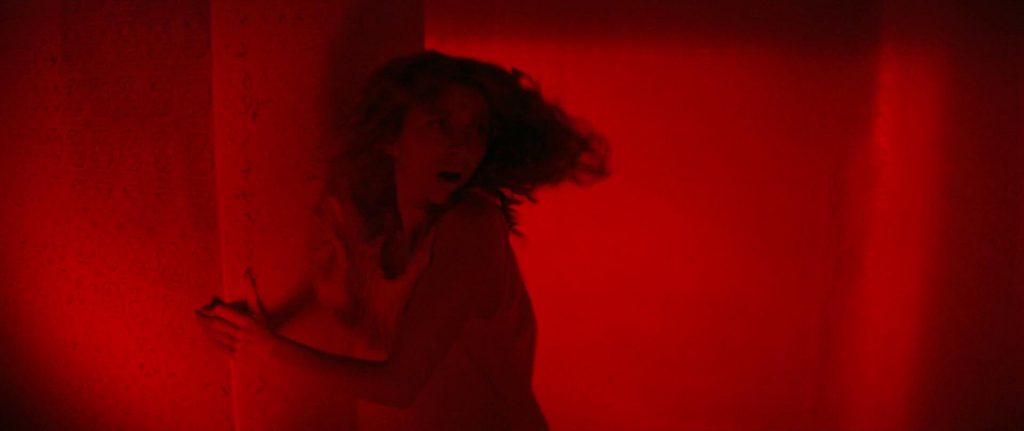
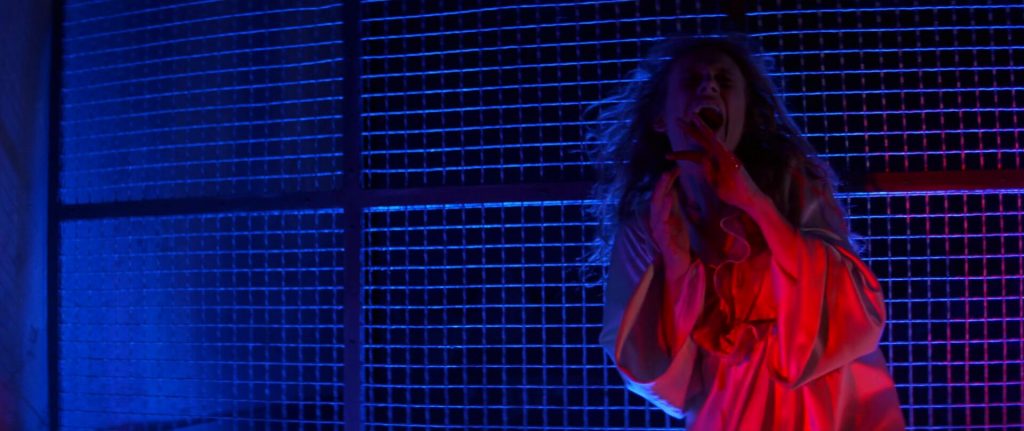
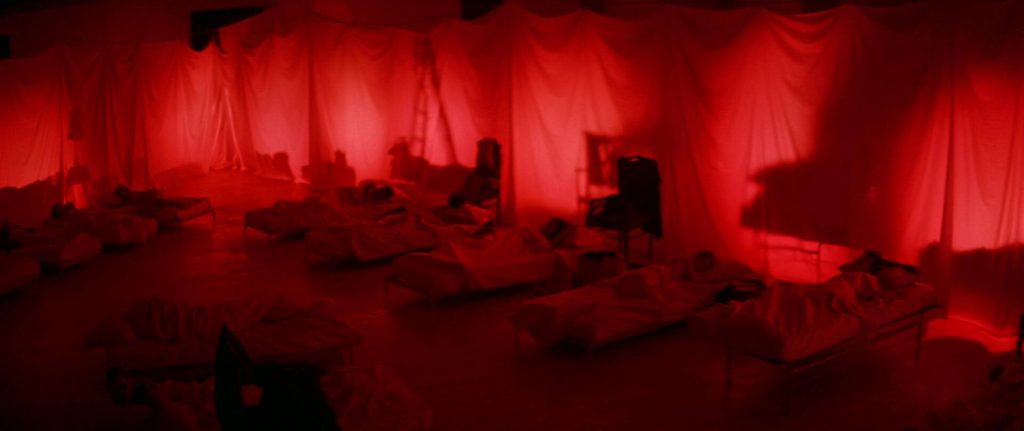
Complementing this visual makeup are Goblin’s unforgettable themes. The score is a pounds away at your eardrums with clanging percussion, high-pitched synthesisers, and huanting vocal whispers. It’s an aural adrenaline shot, a relentless drumbeat that perfectly mirrors the protagonist’s growing panic. The music doesn’t just accompany the action; it drives it, pushing the our heroine, Suzy Bannion, ever closer to her terrifying discovery within the hidden chambers of the dance academy. It’s this perfect, chaotic soundtrack full of jarring sounds and hyper-stylised visuals that makes the film so effective.
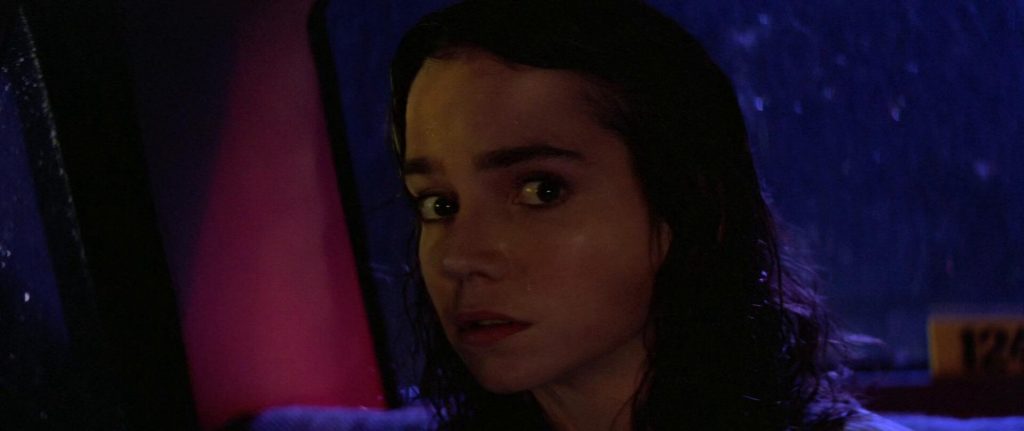
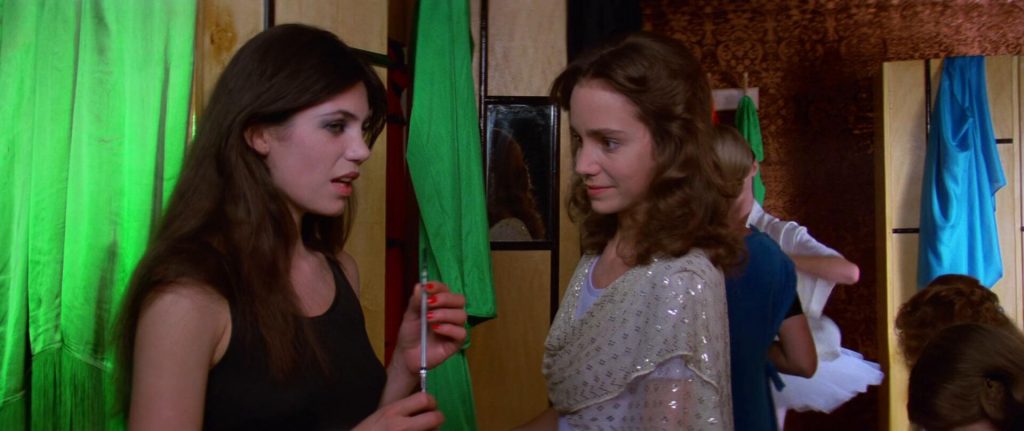
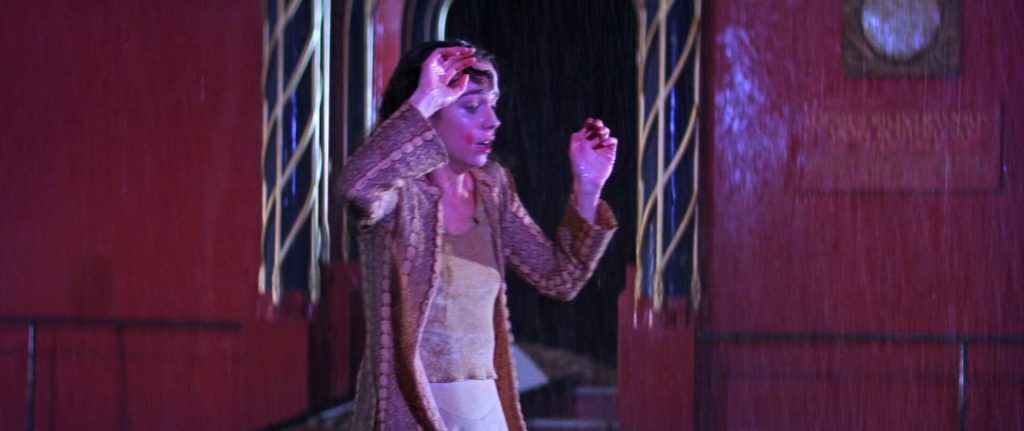
What truly sets Suspiria apart is its unbreakable dedication to style and artistic vision above the traditional narrative. Argento is disciplined as he blends gorgeous, surreal imagery with an abundance of unsettling moments, creating a world that is as mesmerising as it is deeply unnerving. The dream-like approach of the plot, Bannion’s strange illnesses, the sudden disappearances, the obscured whispering secrets only serve to heighten the atmosphere of paranoia and supernatural dread.
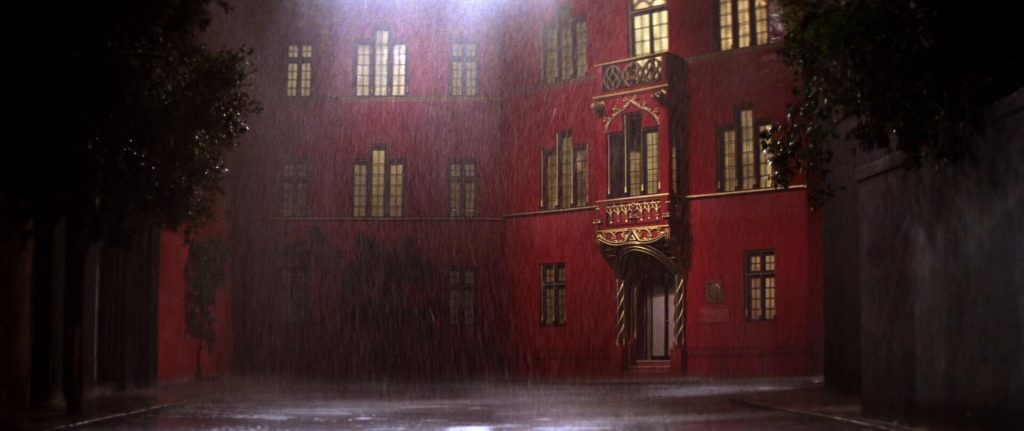
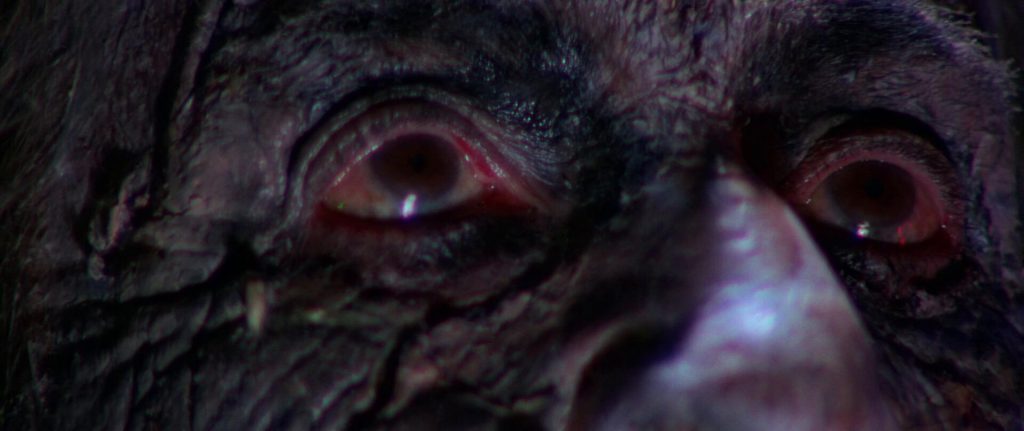
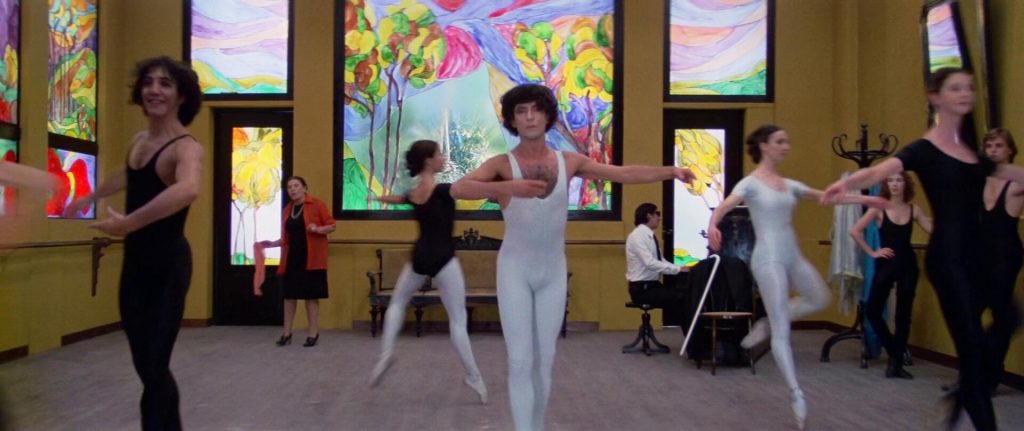
The film follows Suzy Bannion (Jessica Harper), a young American dancer who travels to Freiburg, Germany to attend the prestigious Tanz Dance Academy. Upon arrival, she is drawn into a mysterious and sinister world of witchcraft and horror. Suzy discovers that the school is being run by a coven of witches led by Madame Blanc (Joan Bennett). The witches are hiding a dark secret and Suzy uncovers a series of mysterious and gruesome murders.
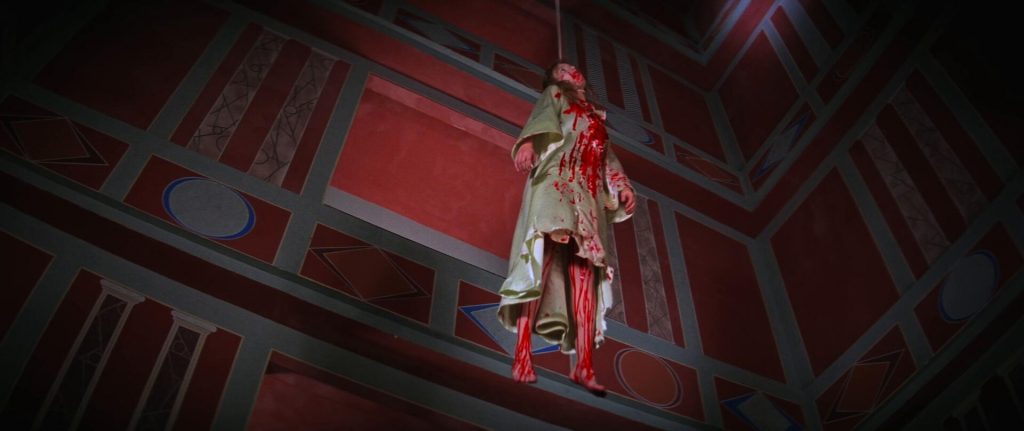
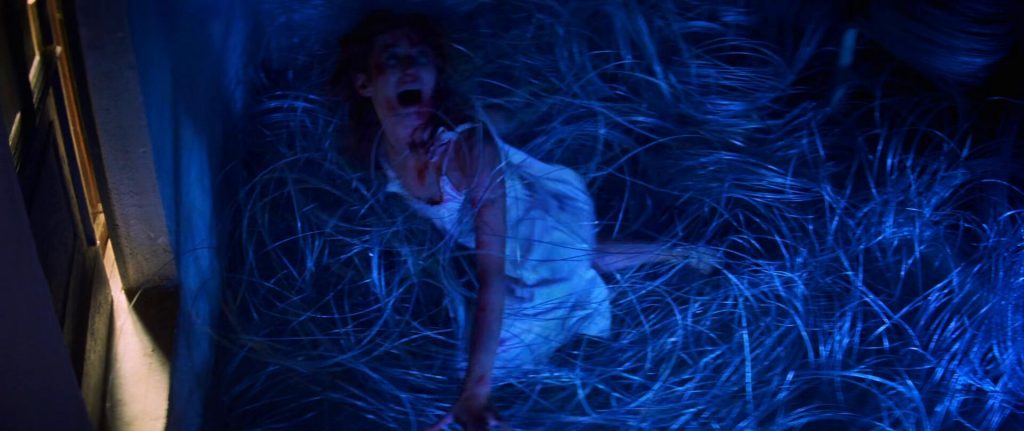
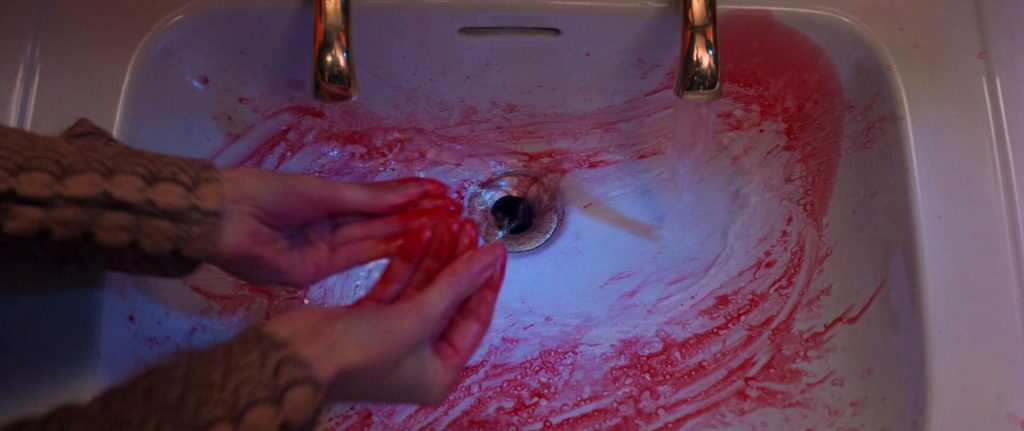
Suspiria isn’t a flawless experience in arty horror, the script often lacks a fully coherent plot, attempting to logically explain every event is futile and misses the point. The film functions on a more primal, visual level. Its impact is a cinematic punch delivered through light, colour, sound, and spectacular violence. This willingness to sacrifice narrative clarity for visual and auditory impact is what cements Suspiria’s place as an avant-garde horror landmark.
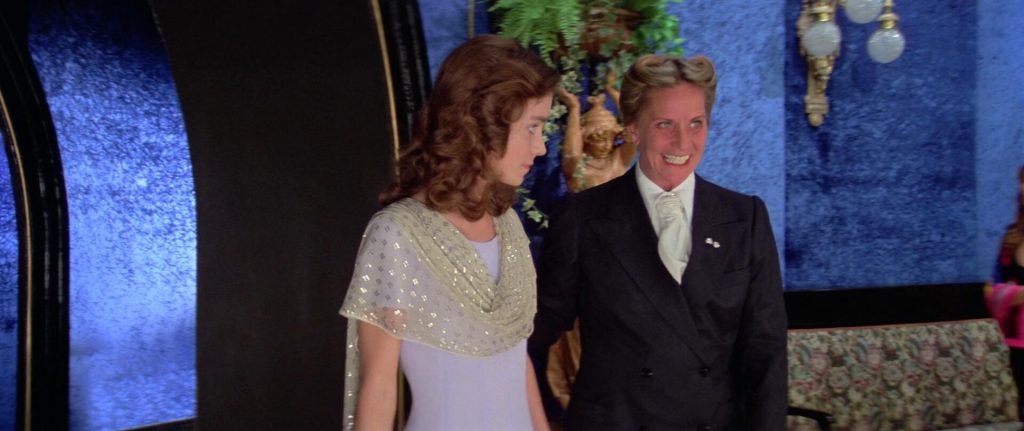
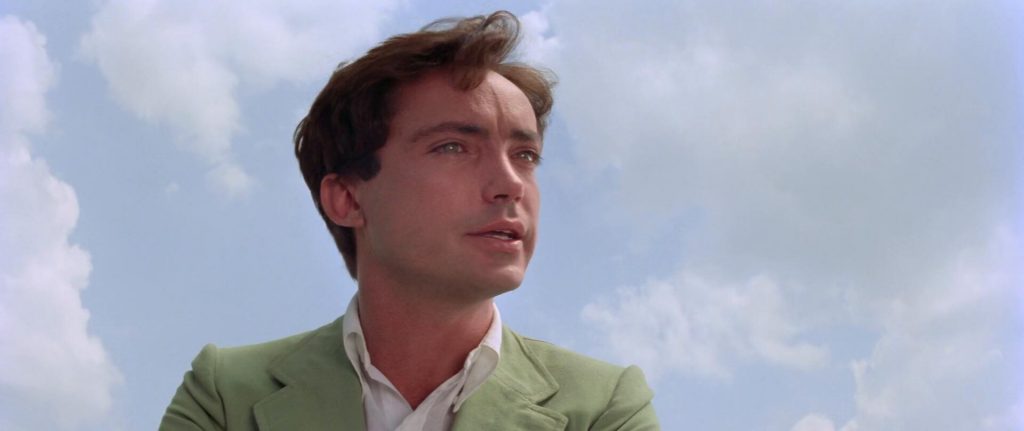
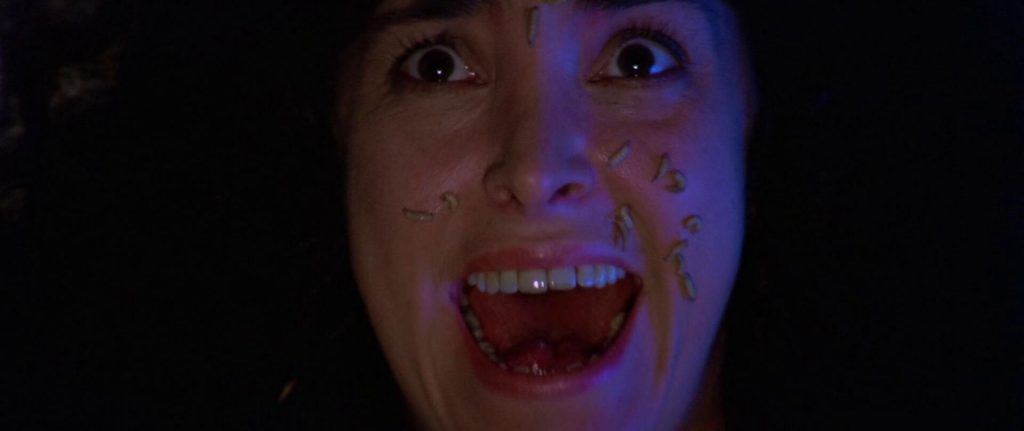
Suspiria is a landmark horror film that easily captivates it’s audience, both Allan and Ted joining me in commending Argento’s efforts on our Projector Room Podcast some time ago. Its influence is undeniable, yet it remains shamefully underappreciated outside of dedicated cult circles. It exists in a world away from the sleek, predictable, and often jump-scare-dependent modern horror you see in today’s multiplexes.
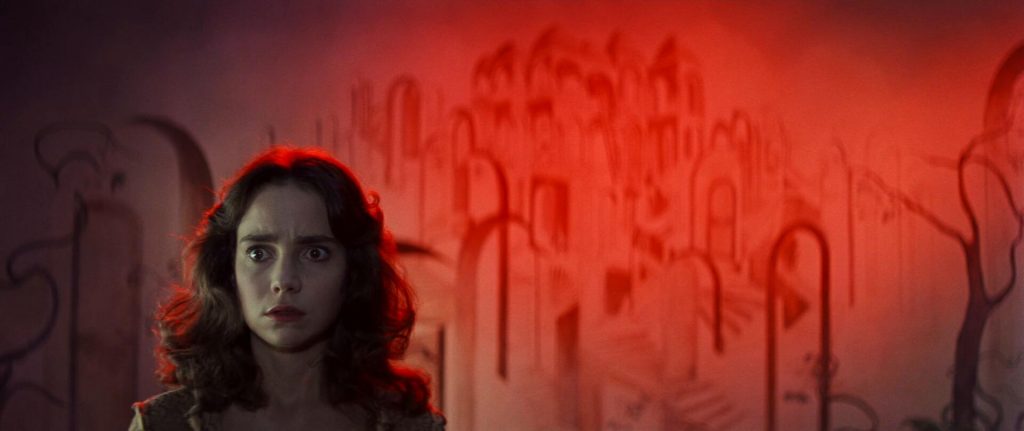
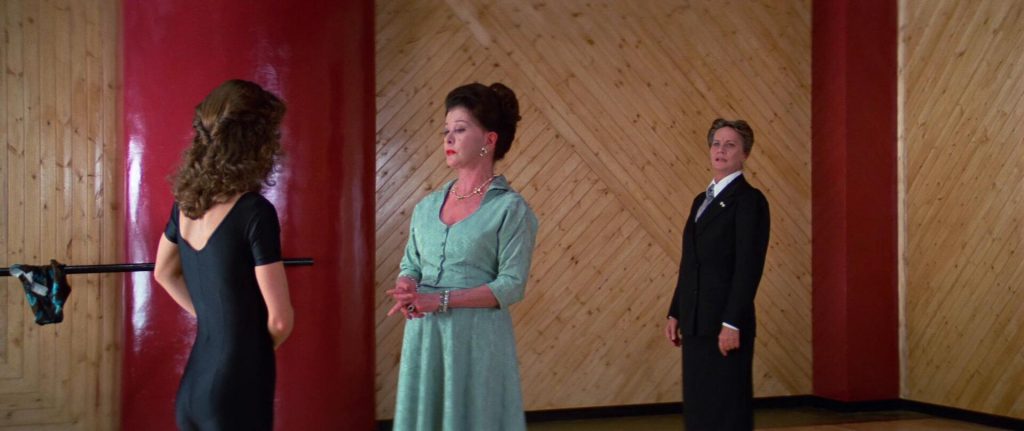
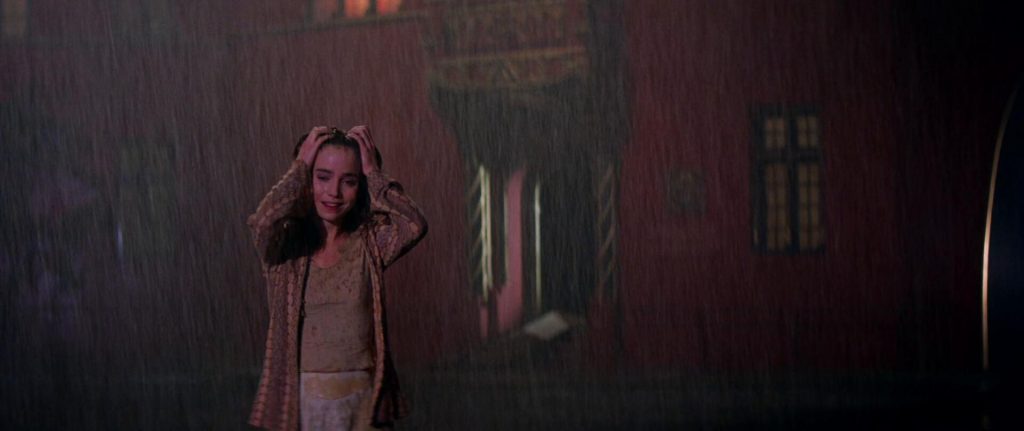
It embraces a primal, operatic form of terror that feels both groundbreaking and timeless. This singular blend of grand, baroque style and pure, suffocating dread is a kind of filmmaking that has tragically been lost to time, rarely replicated or emulated with the same level of commitment. Its enduring power lies in its ability to overwhelm the senses and bypass logic, proving that sometimes, in horror, atmosphere is the most terrifying narrative of all.
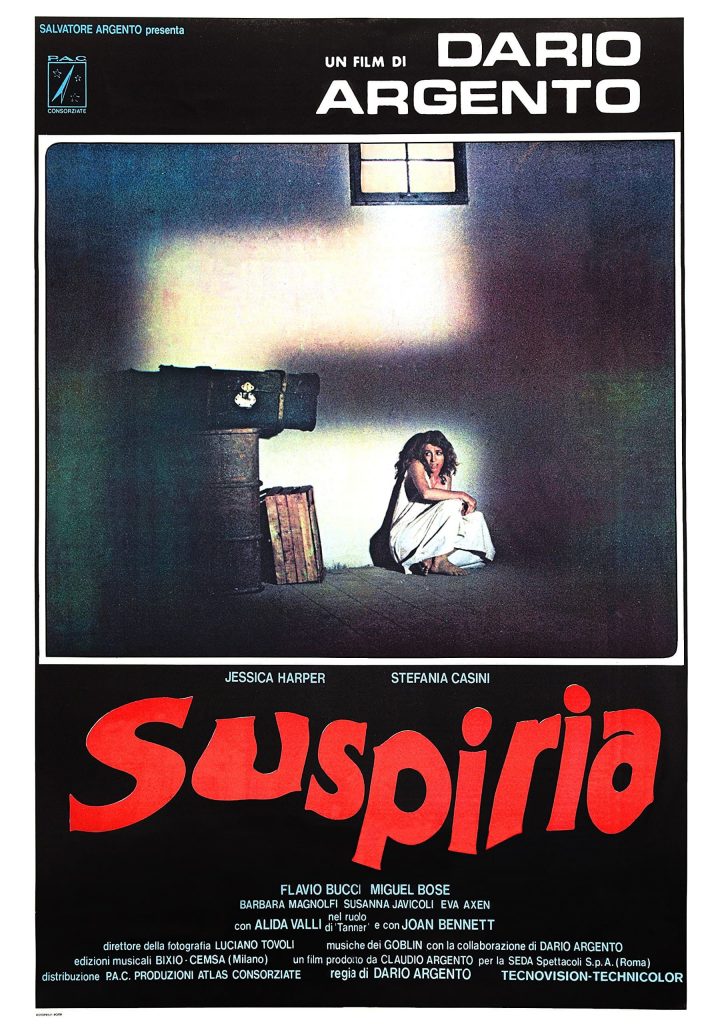
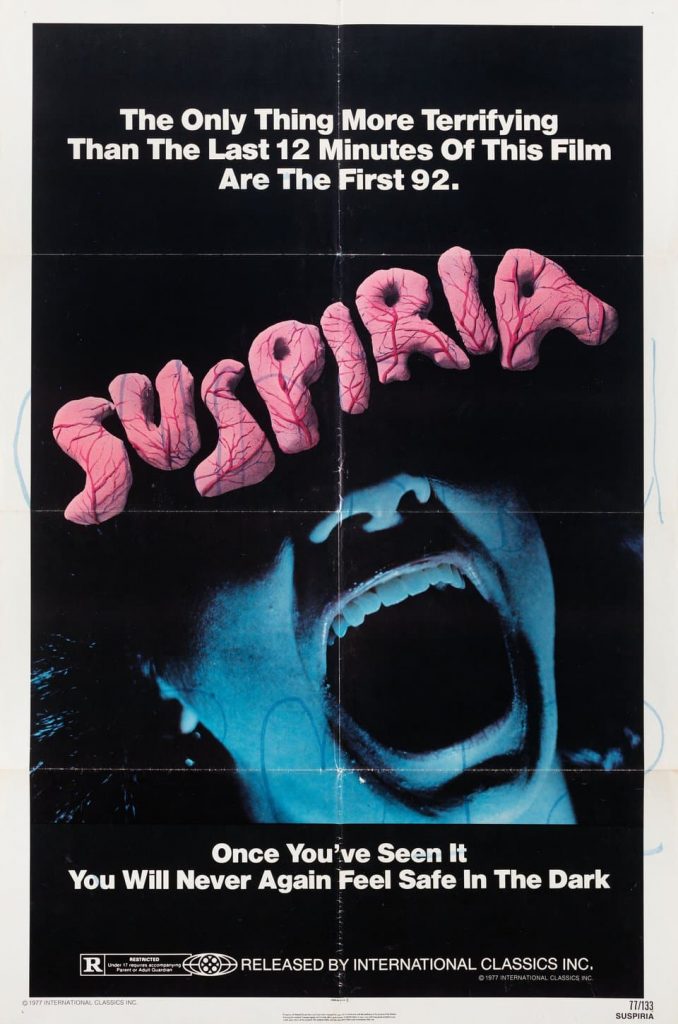
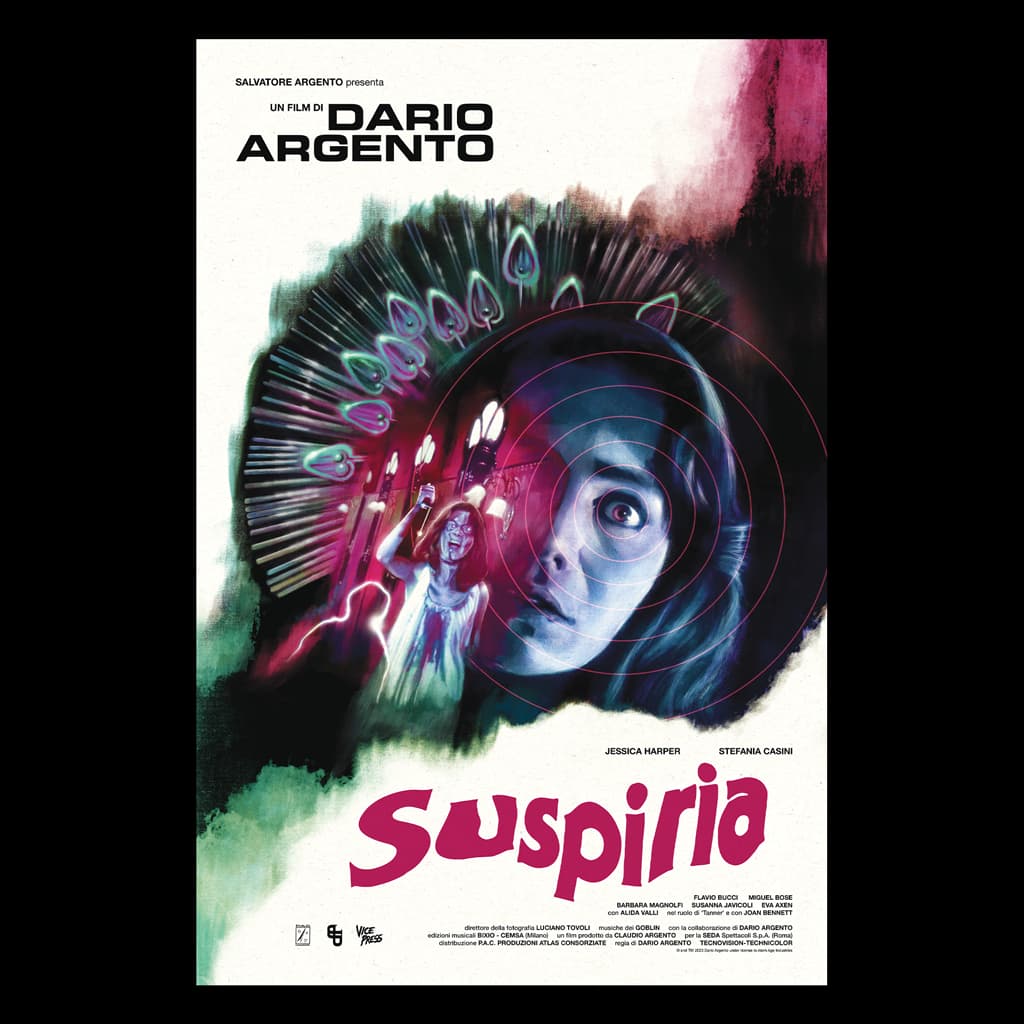
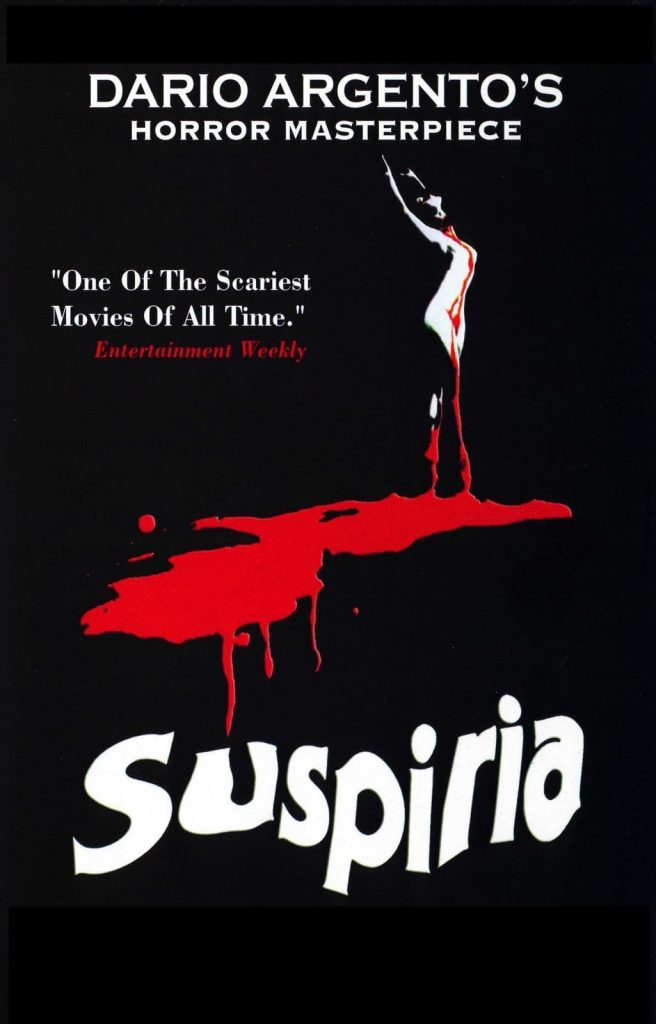
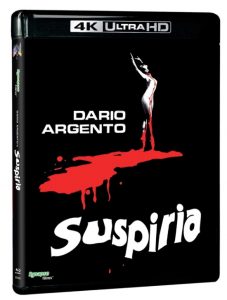
Suspiria has been available for as long as I can remember and treated very well on physical media. Recently two 4K UHDs have arrive, based off the same 4K restoration, however, the Dolby Atmos track included with the Synapse 4K is pretty astounding. But that requires a bit of importing.
The lesser Cult Films UK release is on Amazon here.
